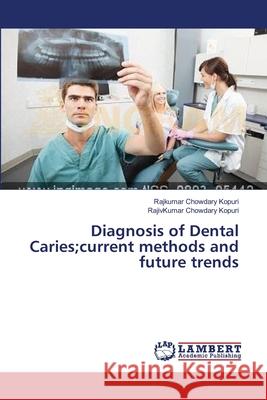Diagnosis of Dental Caries;current methods and future trends » książka
Diagnosis of Dental Caries;current methods and future trends
ISBN-13: 9783659399602 / Angielski / Miękka / 2013 / 148 str.
Science keeps progressing at a rapid rate. Inventions are made to provide ease in working and better diagnostic outcomes. It is essential for every clinician to be well informed about the newer aids. It is important as our specialty evolves that we change techniques to advance further the excellence of care. Many dental practitioners might have a chance to use some of these advanced detection tools. Understanding the following facts would help maximize the benefit gained for the diagnosis of caries: 1. Diagnosis of presence and absence of disease is only a part of the dental caries management process. The responsibility lies on the practitioner to choose which action to follow. 2. Combination of more than one diagnostic tool is strongly recommended for diagnosis process. 3. Each diagnostic tool, conventional or advanced, has some limitations to correctly diagnose lesions at different levels of severity. Optimizing the conditions used in the clinical situation would help minimize these limitations. 4. Diagnosis of caries activity proves to be more important than caries severity. Monitoring on the diagnosis and treatment outcomes is indispensable.











